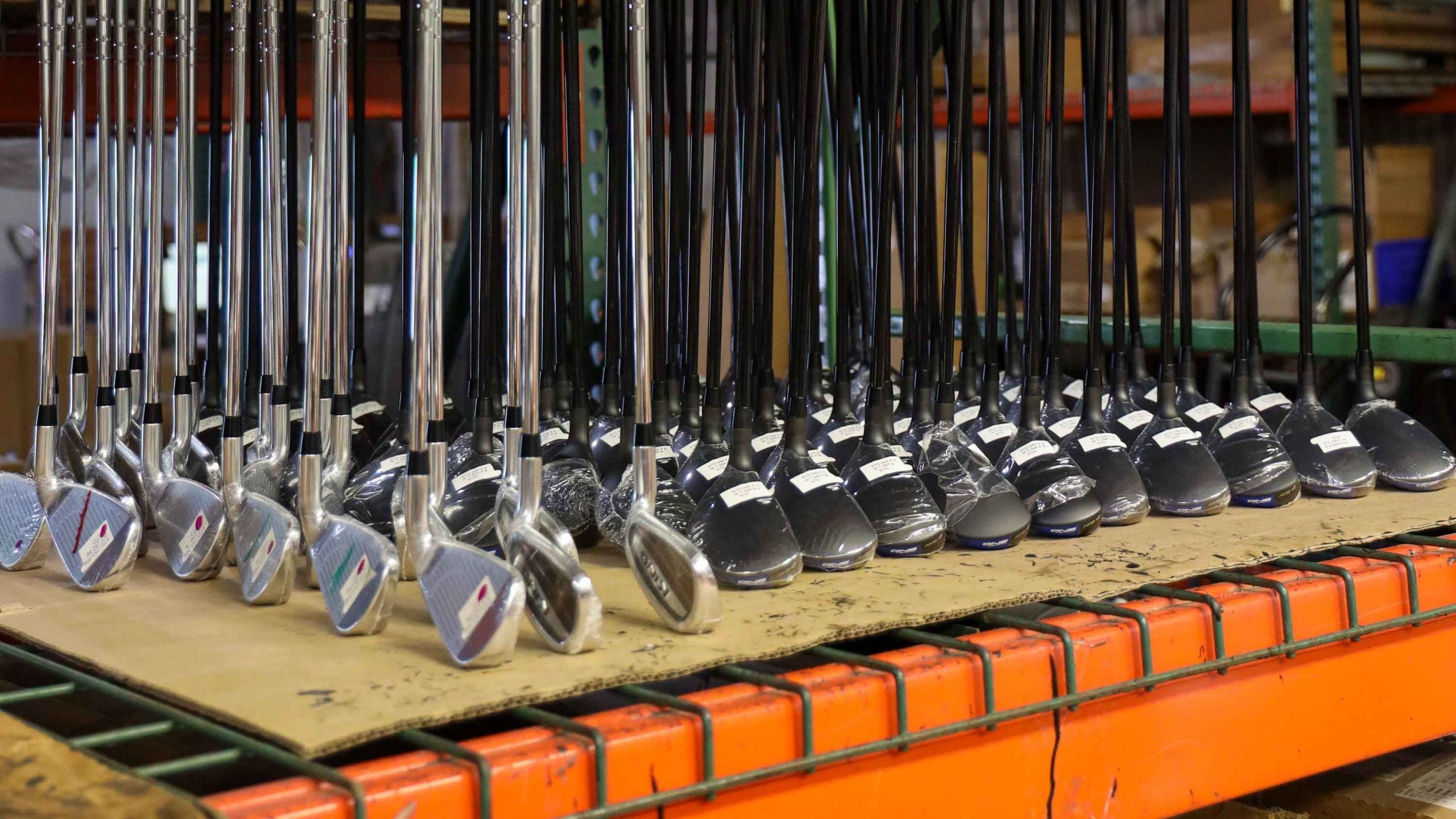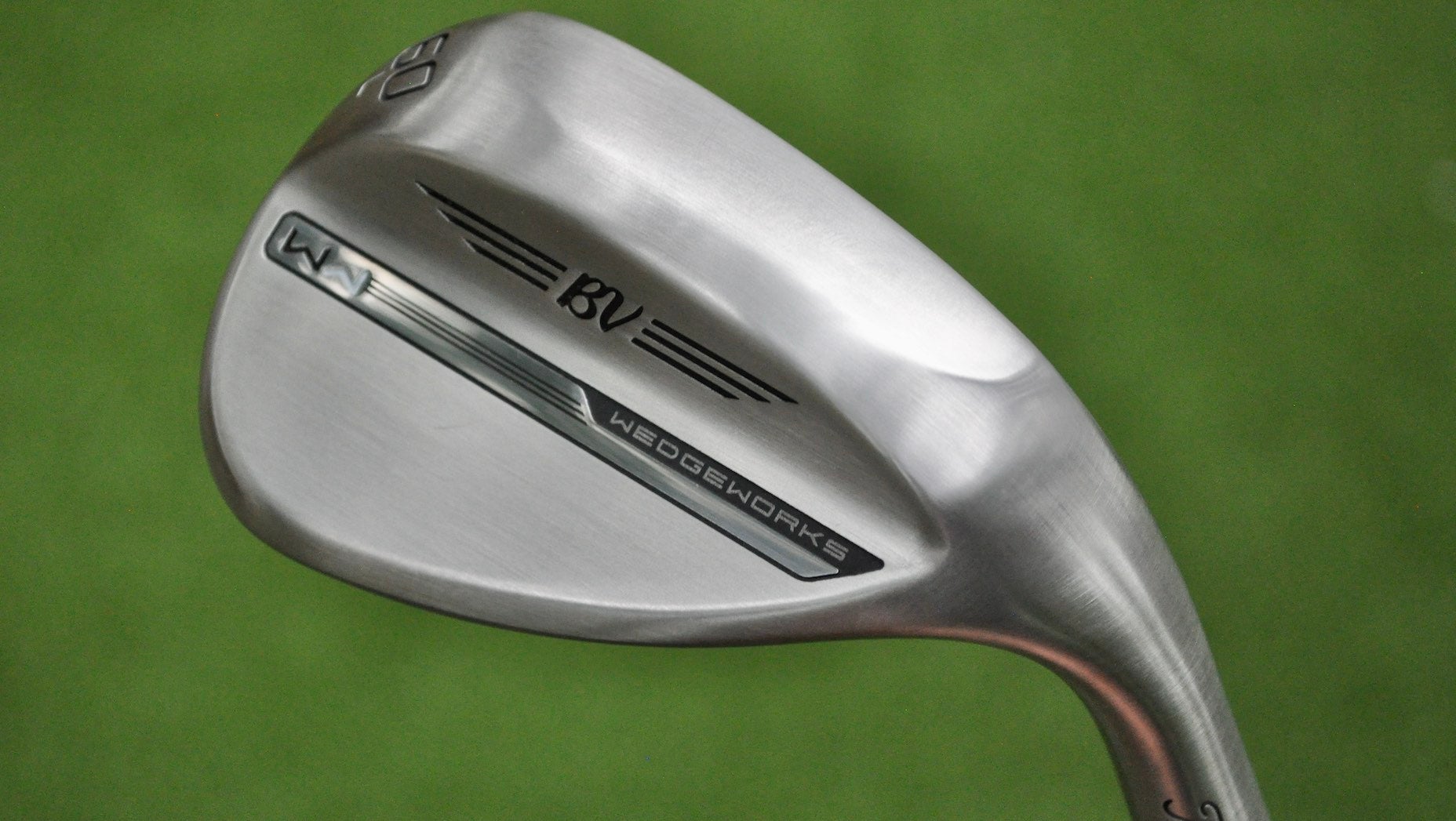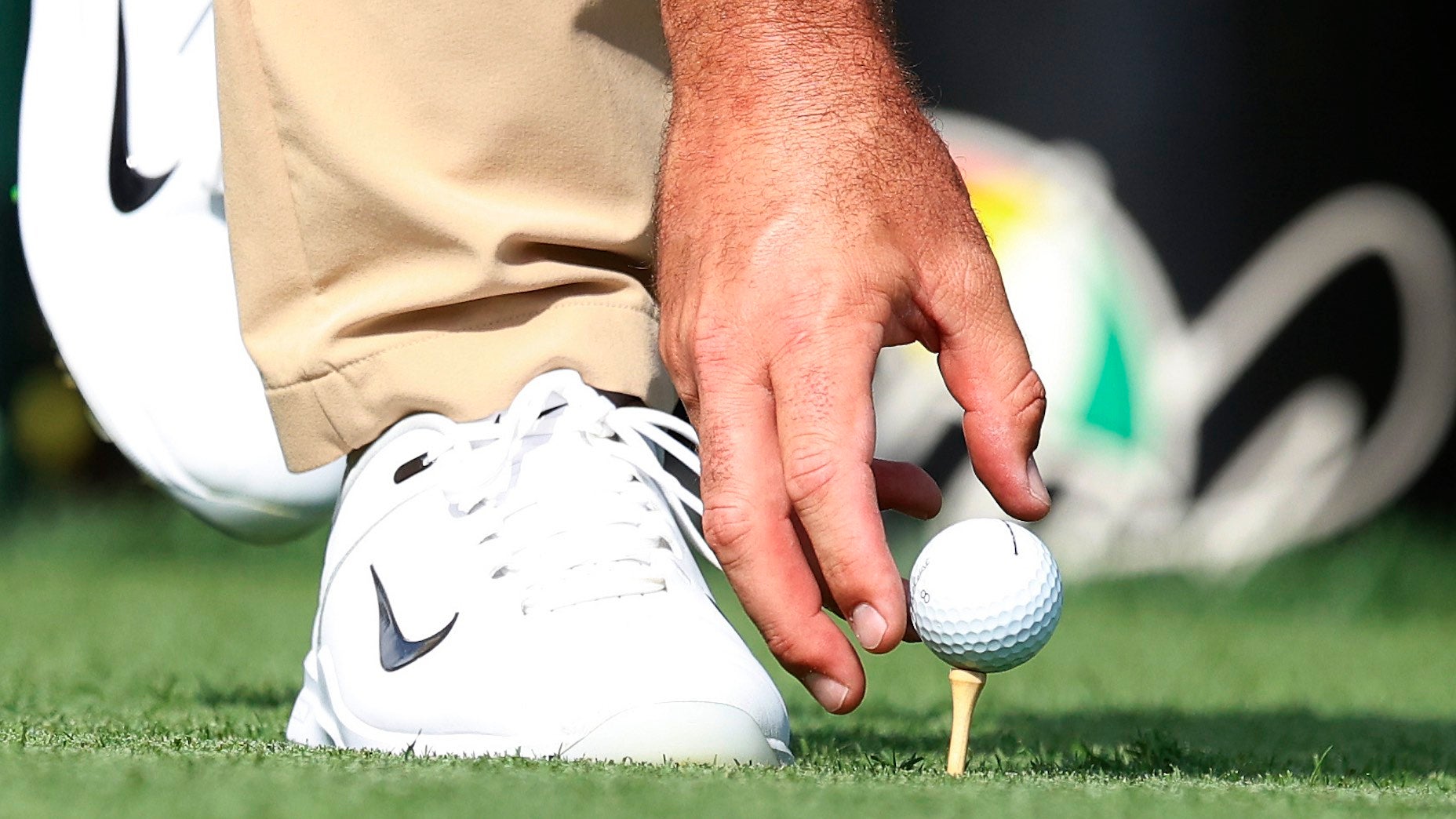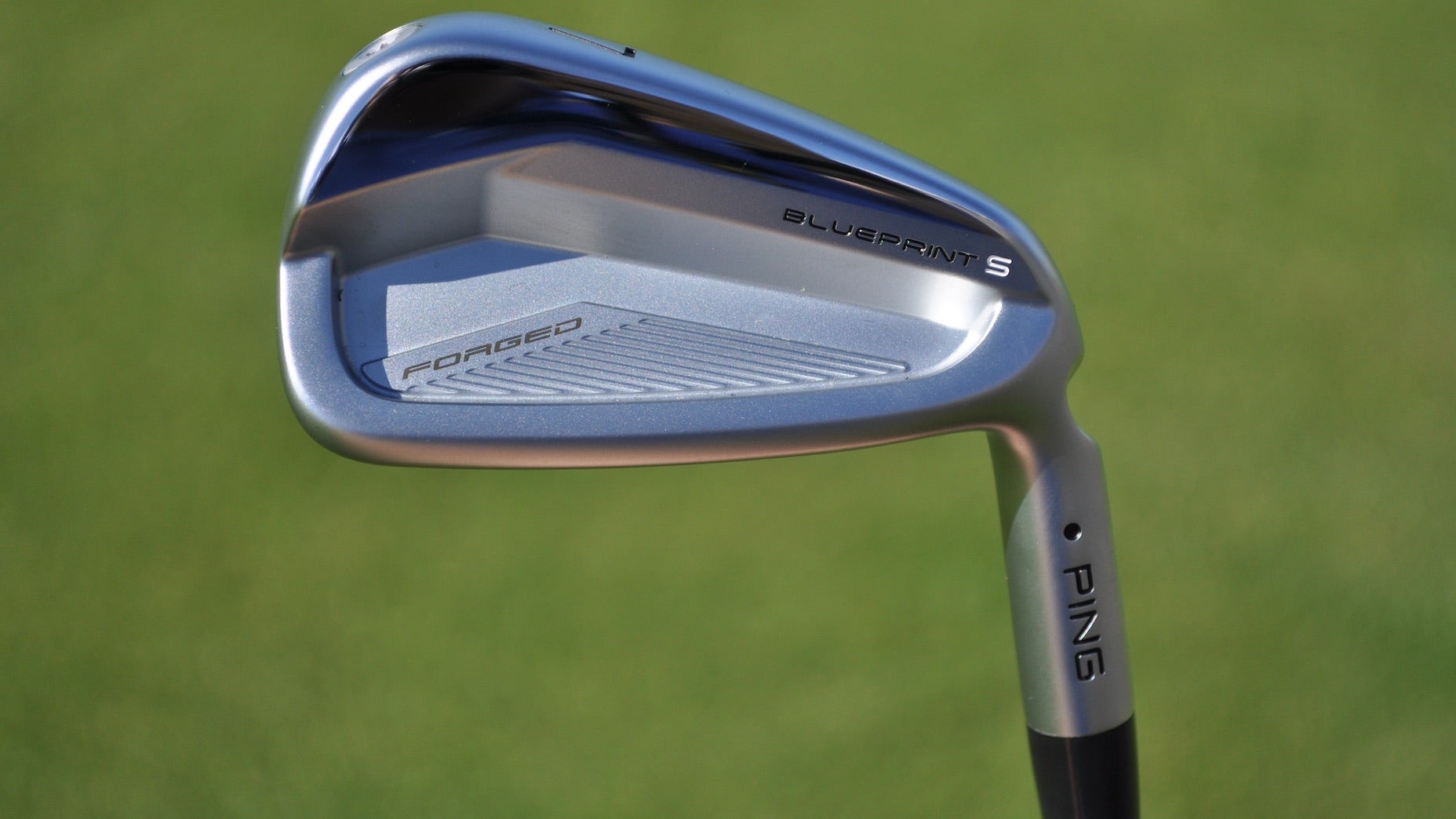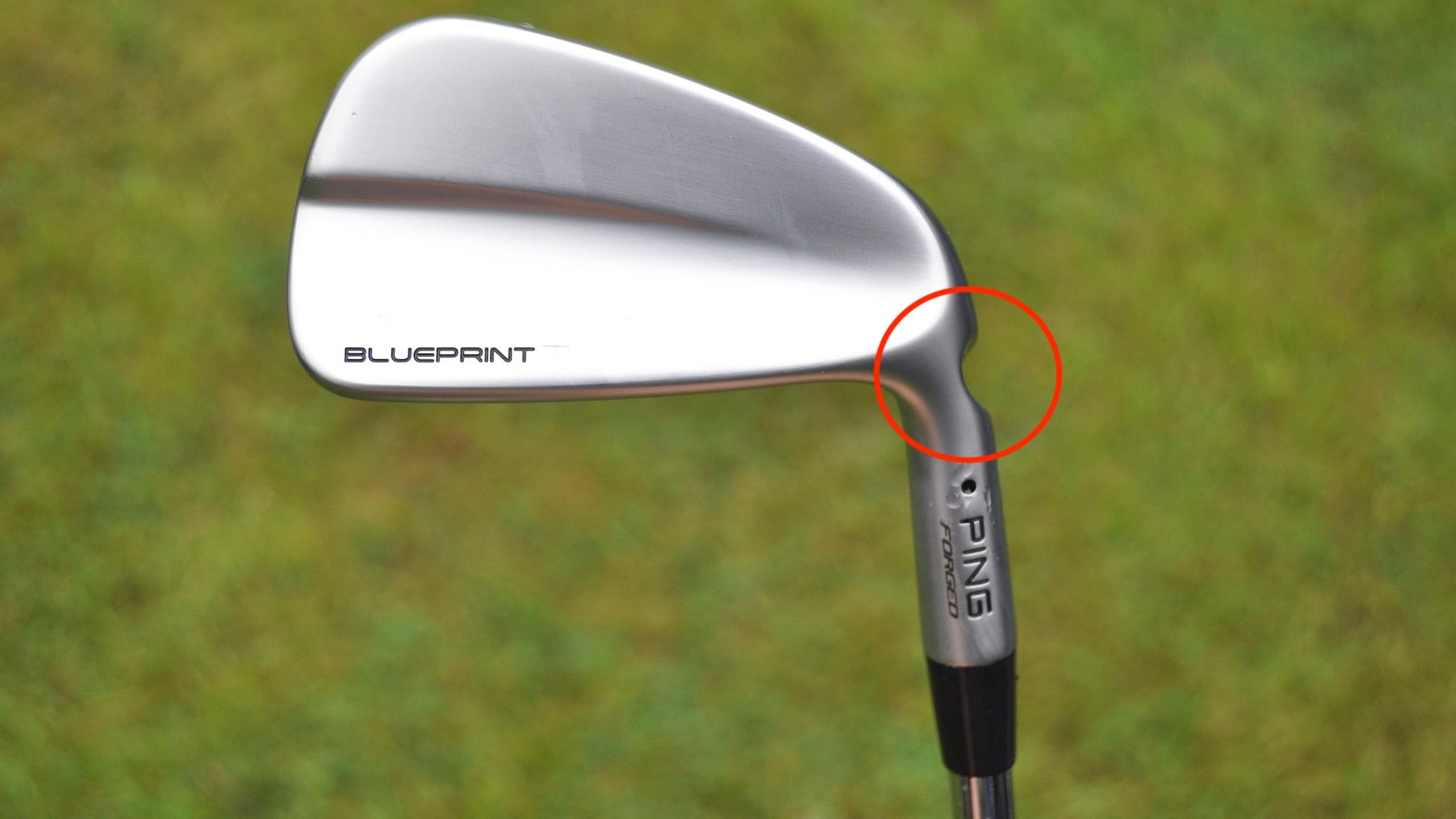Welcome to another edition of the Fully Equipped mailbag, sponsored by Cleveland/Srixon Golf, an interactive GOLF.com series in which we field your hard-hitting gear questions.
Is there anything I can do for my equipment to stop making so many on-course mistakes? – Al B. – Ontario, Canada
Al, are you getting existential with us? As in life, how successful you are as a golfer has less to do with how great your good shots are, rather more to do with how well you manage your mistakes.
Come to think of it, we’re willing to bet you hit more bad shots per round than you do amazing ones. And it’s not just you—even tour players know that great shots are less common than bad ones, which is why they work extra hard to limit the negative effects of what a bad shot can do to the scorecard.
To answer your question—absolutely, there are several things you can do relative to your equipment to avoid common scorecard mistakes. Let’s look at a few:
Stop shanking it
Hosel rockets are the worst! And sometimes, it’s not your fault. If you’re frequently making contact with the ball towards the heel and/or hosel, it might be from having a club lie angle that’s too upright for your swing. And, the more upright the club, the closer the hosel comes into play. But, don’t think of this as always accurate. It’s possible your clubs could be too flat and your swing too upright. Either way, it’s best to get your lies checked if you’re having trouble with centeredness of contact.
Eliminate thin or fat chip shots
If you struggle with consistency around the greens it’s possible your wedge’s bounce angle might have something to do with it. If you tend to thin your chips, it’s possible you’re playing a wedge with too much bounce. If you hit things fat on occasion, you might want a wedge with added bounce. Furthermore, specific grinds can make a difference, too. Some sole grinds are ideal for open-faced shots, while others are great for playing low bump-and-runs. For example, Cleveland offers three different grinds in its RTX ZipCore wedges: Low for added precision and more versatility with open-faced shots; Mid for all-around performance; and Full for extra forgiveness and less digging in the sand.
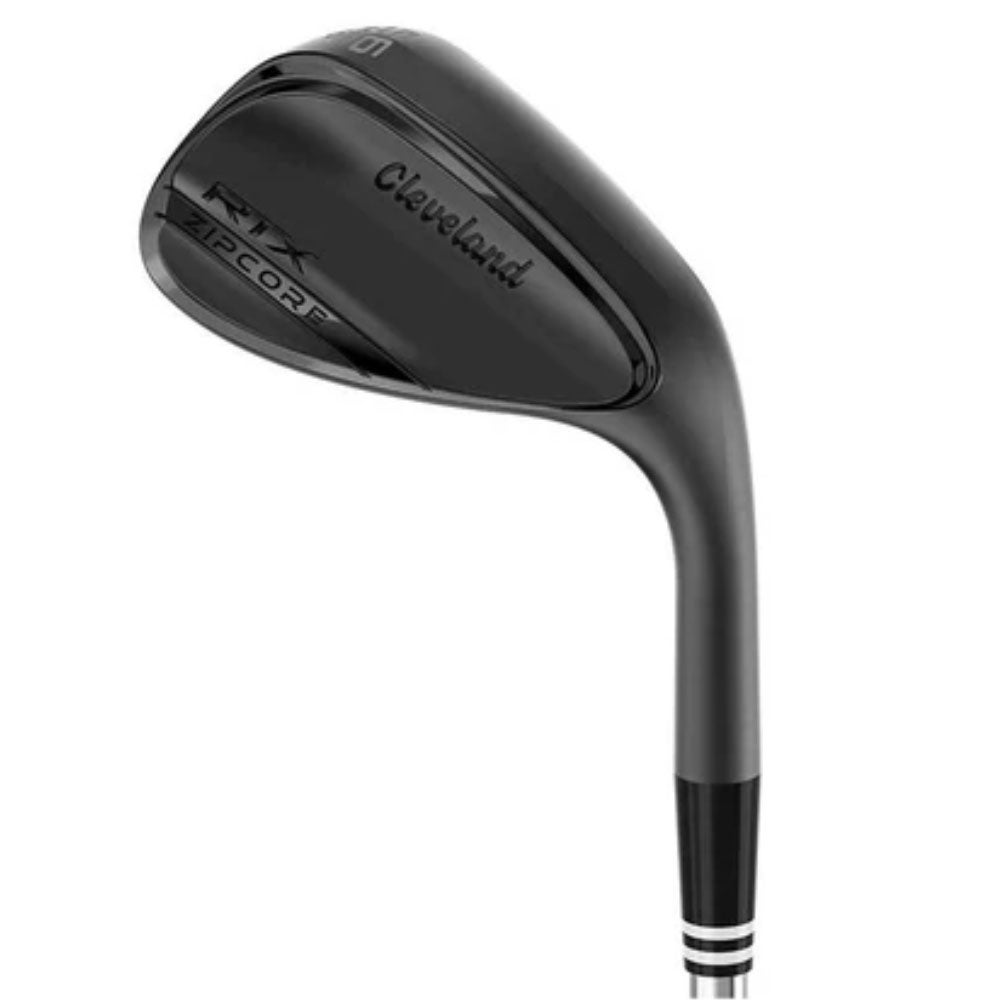
Cleveland RTX ZipCore wedges
Roll your putts more accurately
Sometimes no matter how hard you try, the ball just doesn’t want to roll on your intended line. This may have a lot to do with your putter not matching your stroke. If you have a strong arc, a putter with more toe hang will likely work better. If you prefer a straighter back-and-through stroke, a face-balanced putter will help. Furthermore, the length of your putter matters too. Longer putters are more helpful for arcing strokes—shorter putters are better for straighter strokes.
Hit your drives higher/lower/straighter
Adjustable hosel sleeves have made it easier than ever to adjust ball flight characteristics, but sometimes it takes a new shaft to see a meaningful distance. For golfers who hit it too low, a softer flex with a lower kick point can help. A stiffer shaft and/or one with a higher kick point is ideal for too-high drives. For straighter shots, it might help to find a shaft with a torque rating best suited for your swing speed and tempo. Lower-torque shafts tend to favor golfers who want to eliminate hooks. Higher-torque shafts favor golfers who need an assist with squaring the face at impact and who want to reduce slices.
Improve your swing plane
Your swing plane is important, especially as it pertains to producing a repeatable and consistent ball-flight. If you’re playing with clubs that are too long, you may be artificially swinging on a flatter plane than you should. If your clubs are shorter, that may lead to a more upright swing plane. To know for sure where your natural and best shot-producing plane is, consult with your local pro and club-fitter.
Slow or speed up your release
Lastly, overactive or underactive hands is a problem many golfers may not know they have. Overactive hands often lead to a closed clubface at impact, resulting in hooked or smothered shots. Under-active hands produce the opposite—fanned shots that slice to the right. To fix either/or, consider a thinner or thicker grip diameter. Thinner grips will speed up the hands and thicker grips will slow them down.
Want to overhaul your bag for 2023? Find a fitting location near you at GOLF’s affiliate company True Spec Golf. For more on the latest gear news and information, check out our latest Fully Equipped podcast below.
